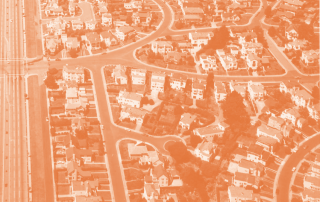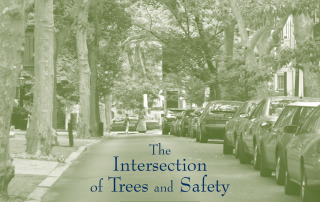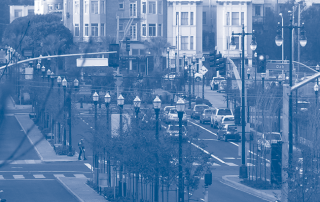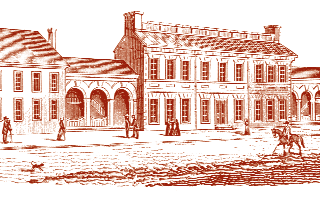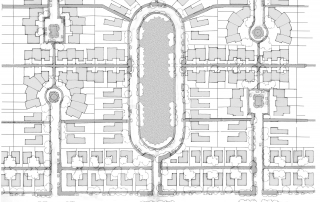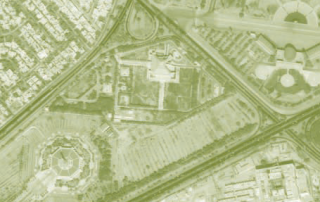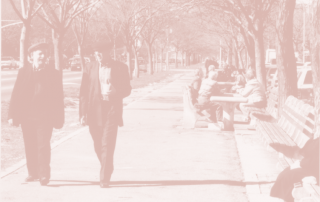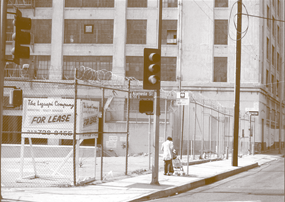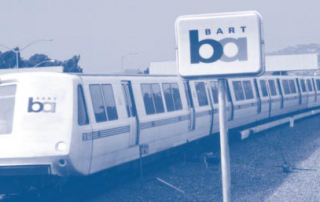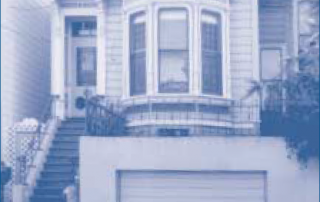California’s Housing Problem
Cynthia Kroll and
Krute Singa
California’s Department of Finance predicts that by 2030 the state’s population will reach fifty million people—twelve million more than today. This will result in an estimated 2.7 million new households in the state. How should the state allocate resources to house the new population, and how will choices made today affect the state’s economic, social, and environmental performance in the future?
In many urban centers, low-and-moderate income households live with home prices and rents that far outstrip basic affordability standards.
California has faced two housing-related issues for decades: cost and location. In many urban centers, low-and-moderate income households live with home prices and rents that far outstrip basic affordability standards. Even upper income households pay more for housing relative to their income in California than in most other parts of the US. And what new affordable housing there is has largely been added in nonurban places and at urban peripheries, resulting in steadily increasing traffic congestion and commute times in the state’s urban areas.

